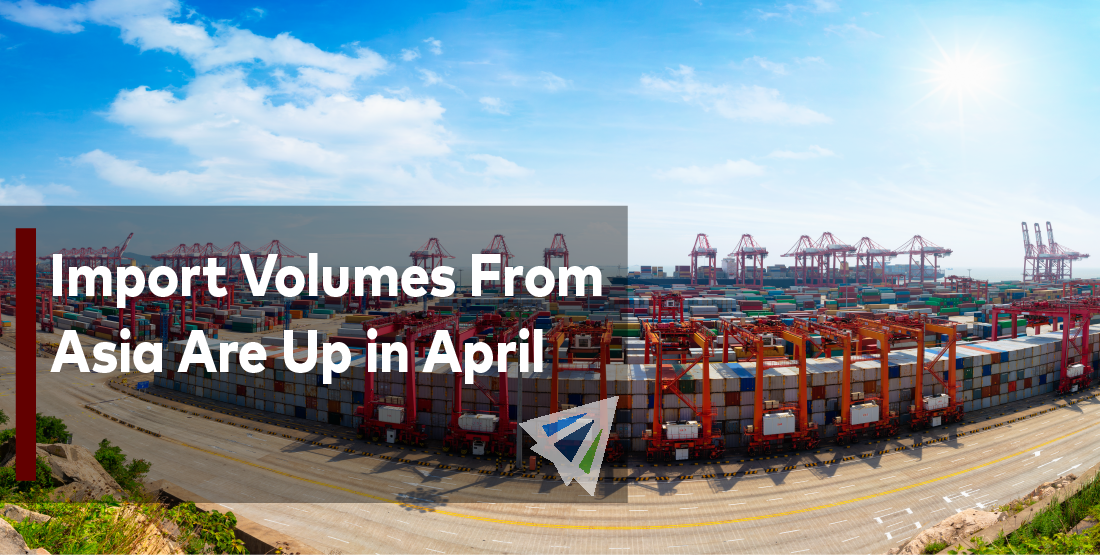Freight rates are constantly changing, and for U.S. shippers, this means proactive decision making and communication is crucial for keeping costs under control and freight moving efficiently. Last month, U.S. shippers acted quickly in shipping their cargo as the industry has forecasted that trans-Pacific shipments headed towards Asia were going to rise significantly in costs.
Reports indicate that the volume of cargo moving through U.S. ports eastbound to Asia reached over 1.3 million TEU’s, which is the 2nd highest it’s been in the preceding 6 months. The most busy month aside from April of this year was October of 2022, when the U.S. imported over 1.4 million TEU’s.
Despite April’s shipping activity remaining lower than October of 2022, as well as the same month in 2022, the activity experienced a drastic 25% increase from March of this year. Chinese imports saw an intense month-to-month recovery. In April, container activity at the ports jumped from around 580,000 to 790,000 TEUs.
While container import volumes remain a bit lower this year (roughly 17% lower than 2022), April had a significant impact on the overall shipping activity in the U.S.
GRIs are Hitting Shippers Hard
GRIs, or General Rate Increases, are flat fees added to the spot market rate of shipping a FEU. In response to the increase in port activity, on April 15th, U.S. shippers experienced GRIs ranging from from $600 to $1,200. As a result of this drastic increase in costs, nearly a fifth of all cargo ships that were exporting in April were blank sailings. Another attempt was made to increase GRIs again on May 1st, but it was nullified due to the drop in demand from the preceding GRI increase.
Several ocean carriers are pushing for a GRI of $1,000 per FEU to be enacted by the middle of May or beginning of June, though it’s unclear whether or not such action will be taken.
Lucky for U.S. shippers – overall freight rates have decreased since their spike in the month of April. On average, a spot rate for a container moving from Shanghai to the U.S. East Coast was $2,565 per FEU in April, and that number has dropped to $2,381 as of a week ago.
Industry experts are forecasting that the international ocean shipping industry is going to continue seeing a decrease in activity from its peak in April. It’s likely that cargo volumes won’t bounce back from their deficit this year over 2022 until the 3rd and 4th quarters this year. May is expected to see a down turn in activity, and it’s likely that it won’t be until September that we see a drastic bounce-back in activity.
